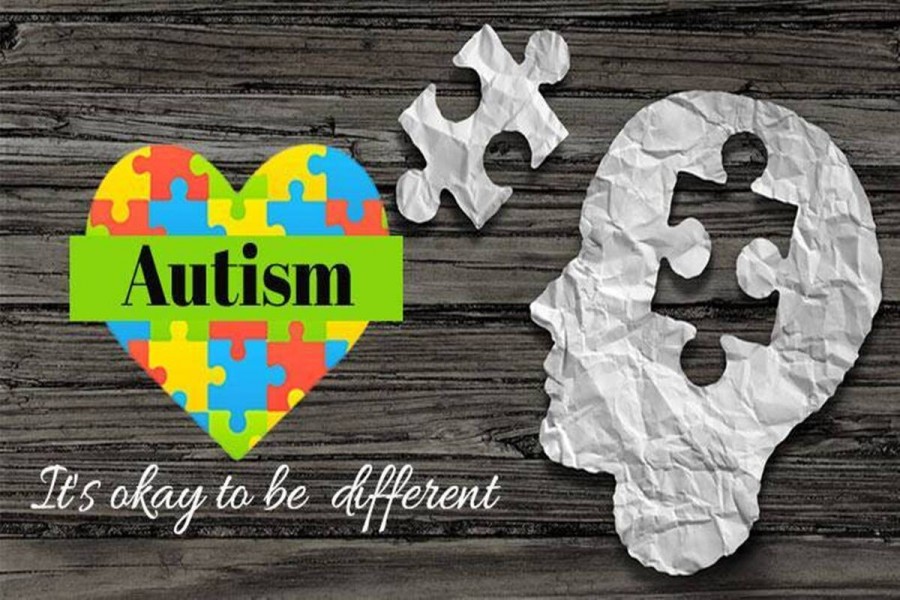
Published :
Updated :

An estimated one in 160 children could be living with autism. It is all too easy to leave behind persons with autism in development. Their access to individualised support, schools, and decent work continue to show gaps between those without disabilities.Not to leave them behind, dispelling the three commonly held misperceptions about persons with autism is the first step.
The 1988 Oscar-winning film "Rain Man" catapulted persons with autism out of invisibility into public consciousness. Certainly, some autistic savants show these characteristics. They memorise calendars dating back 100 years, mumble to themselves, make repetitive body movements, are constantly restless, unable to look others in the eye, and shy away from associating with others.
But there is much more diversity in their behaviours, intellectual and verbal skills, preference for socialising with others and ability to do so, or self-isolation. Some persons with autism may have one or more co-occurring conditions, such as intellectual disability, attention deficit hyperactivity disorder (ADHD), and physical disabilities, while others do not.
Traditionally, as many as six to seven times more boys and men were diagnosed with autism than girls and women. But gender-bias in diagnosis have been pointed out, and the ratio is decreasing.
My good friend, NunuSupaanong, Networking and Collaboration Officer at the Asia-Pacific Development Centre on Disability (APCD) Thailand, has autism and is also a popular public speaker. Nunu is nothing like "Rain Man," and laughs at this misconception."
Autism is often deemed a tragic medical condition for which efforts must be made for treatment and a cure. Again, Nunu laughs at this notion saying, "No-No! It is something to live with!"
In fact, World Health Organization (WHO) does not define it as "disease" but as "a range of conditions characterised by some degree of impaired social behaviour, communication and language, and a narrow range of interests and activities that are both unique to the individual and carried out repetitively."
Dr Jac Den Houting, a research psychologist and self-advocate with autism, underscores accepting autism as part of human diversity through introducing the term "neurodiversity paradigm," calling for individualised support and care.
Due to widely held stereotypes on persons with autism, employability does not seem to be equated with them. However, increasing trends among companies to tap the talents of persons with autism serves as counterevidence.
For example, SAP, a digital and management solutions company operating in 150 countries, started its "Autism at Work Encourages Workplace Neurodiversity" in 2013. Persons with autism have been trained and hired in a whole range of jobs, including as engineers.
Heralbony, a company in Japan run by two brothers of a sibling with autism, harnesses the richness, innovativeness, and out-of-the-box sensitivity that characterise the perceptions and design works by persons with autism, branding them as stylish products, and also the company as a socially good and economically viable business.
As David Savarese, a self-advocate with autism, says, "Inclusion should not be a lottery." While we should share good practices for emulation, persons with autism should not chance on pockets of success to advance their wellbeing and participation in society. Society needs a comprehensive set of legislative and systematic, and human support for them.
The Incheon Strategy to 'Make the Right Real for Persons with Disabilities in Asia and the Pacific - the regional mandate on disability-inclusive development, delineates and supports the inclusion of issues of persons with autism.
"Light it up blue," is a good way to raise awareness. I hope that there will be a groundswell of numerous actions to generate tangible change beyond the campaign.
Aiko Akiyama is Social Affairs Officer, United Nations Economic and Social Commission for Asia and the Pacific (UNESCAP). www.unescap.org/blog


 For all latest news, follow The Financial Express Google News channel.
For all latest news, follow The Financial Express Google News channel.